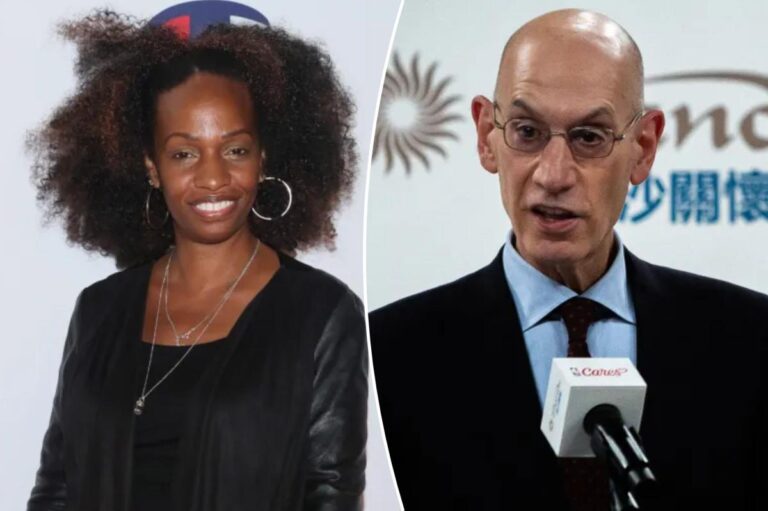WNBA Collective Bargaining Agreement Talks Heat Up: Key Issues and Stakeholder Responses
As the deadline for the current WNBA collective bargaining agreement approaches, tensions between the WNBA and the Women’s National Basketball Players Association (WNBPA) are intensifying. With the agreement set to expire on October 31, both parties are striving to reach a resolution amid differing priorities regarding revenue-sharing and player salaries.
The Heart of the Dispute: Revenue Sharing
The crux of the disagreement lies in the structure of player compensation. WNBA Commissioner Adam Silver recently stirred the pot by suggesting that players should not solely focus on revenue sharing, emphasizing that they are destined for significant salary increases in the upcoming cycle. He stated, “share isn’t the right way to look at it,” a comment that prompted an assertive response from WNBPA executive director Terri Carmichael Jackson.
Jackson’s Bold Stance
In her rebuttal, Jackson stressed that players insist on a salary system that accurately values their contributions. She articulated:
“When the players opted out a year ago, they made it clear they wanted a salary system that values their labor and allows them to grow with the business they are very clearly driving.”
Jackson criticized the league’s approach, accusing it of presenting “bad math” while delaying meaningful negotiations. She described the league’s existing proposals as “lipstick on a pig,” arguing they continue to undervalue players.
League’s Counterarguments
A WNBA spokesperson, however, termed Jackson’s claims as “incorrect and surprising.” The league insists it has proposed a revenue-sharing model that would allow player compensation to rise in conjunction with league revenues, without any cap on potential earnings. The spokesperson remarked:
“…it is frustrating and counterproductive for the union to be making misrepresentations about our proposals.”
Current Salary Proposals
According to reports from Front Office Sports, the WNBA’s latest proposal does not include a super-max salary exceeding $1 million but offers a super-max closer to $850,000, alongside a veteran minimum of approximately $300,000 for the first year. Comparatively, the current super-max stands at $249,244 with a veteran minimum of $78,831.
Despite these increases, players are pushing for a structure similar to the NBA, where basketball-related income—including TV deals, sponsorships, and ticket sales—determines salary caps.
The Path Ahead
With the current CBA expiring soon, both the WNBA and the WNBPA are facing a critical juncture. Historical precedent suggests that an extension may be necessary, as witnessed during the previous negotiations in 2019. Until a new deal is ratified, essential offseason activities such as draft lotteries, expansion drafts, and free agency will remain on hold.
Engaging Stakeholders
Both sides are hopeful that meaningful dialogue will continue, aiming to reach a mutually beneficial agreement quickly. The WNBA spokesperson concluded:
“We stand ready to continue negotiating in good faith and hope they will do the same so that we can finalize a mutually beneficial new CBA as quickly as possible.”
With both parties focused on achieving a solution, the future of the WNBA season hangs in the balance as negotiations unfold.
For further updates on sports agreements and developments, check out resources from ESPN and CBS Sports.
For ongoing insights into the WNBA and its developments, visit WNBA.com.
This article highlights the significant discussions surrounding the WNBA’s future and player compensation. The outcome of these negotiations will influence the league’s direction, player satisfaction, and overall growth prospects.


